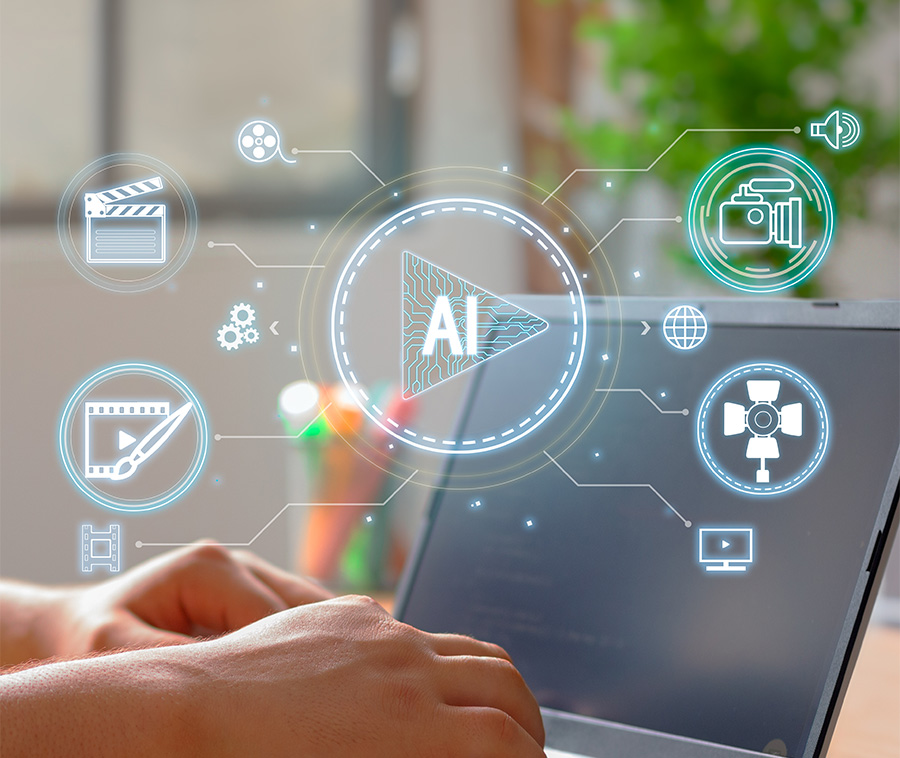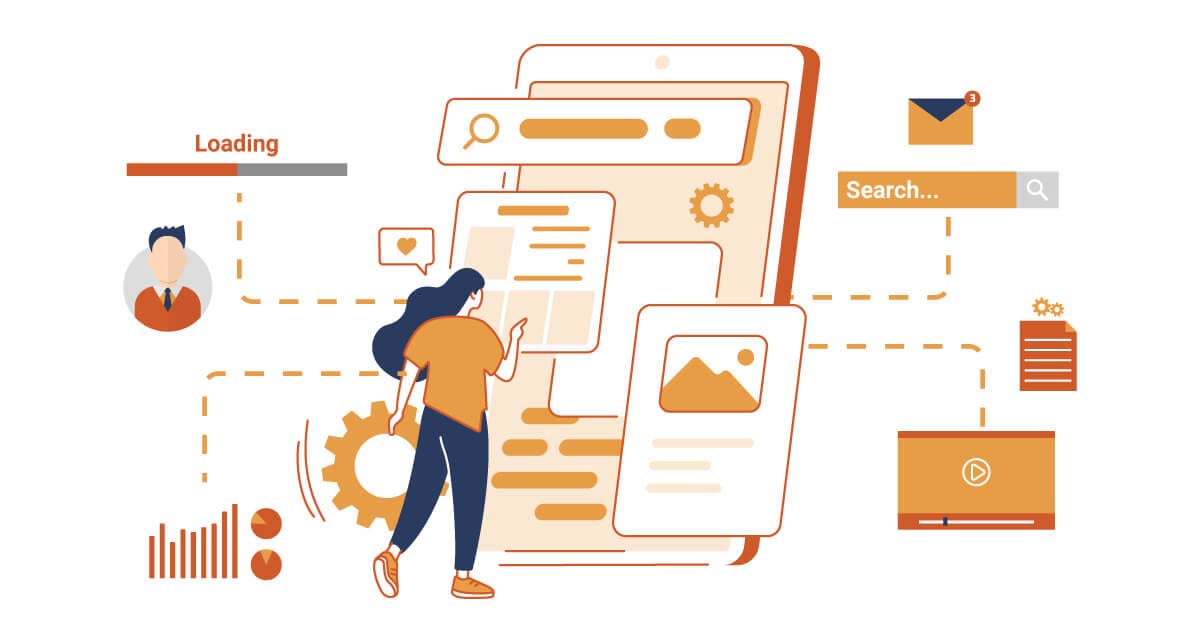
Artificial Intelligence has transformed the way businesses design, operate, and deliver value. Among the most impactful innovations is Generative AI App Development, which empowers organizations to build applications capable of producing original content, automating complex tasks, and enhancing customer experiences. From text and image creation to personalized recommendations and intelligent automation, generative AI is reshaping industries and creating new opportunities.
Generative AI App Development
Key benefits
Content creation at scale
Automatically generate blogs, product descriptions, graphics, and video elements without compromising quality.

Enhanced customer engagement
Deliver highly personalized recommendations, chatbots, and virtual assistants tailored to user behavior.
Cost reduction
Automate repetitive operations, reducing dependency on manual work.

Innovation enablement
Foster creativity in industries like design, entertainment, healthcare, and finance by producing new insights and solutions.
Productivity improvement
Streamline workflows by integrating smart tools into business systems.

Essential steps
Define clear objectives
Is it designed to improve customer service, enhance creative processes, or automate business tasks? Clear goals guide model selection, data preparation, and development strategy.
Choose right technology stack
Select frameworks and tools that best suit your project. Popular options include TensorFlow, PyTorch, and OpenAI APIs. The choice depends on whether the app will generate text, images, or other outputs.

Data collection & preparation
Generative models rely on high-quality data. Collect structured and unstructured datasets relevant to your project, then clean and preprocess them to ensure accurate results.
Model selection & training
Choose the most suitable algorithm, such as GANs, VAEs, or Transformer-based models. Training requires computational power and fine-tuning for performance optimization.
App architecture design
Develop a scalable architecture that supports smooth integration with existing systems. Incorporating APIs and cloud infrastructure ensures the application can handle large workloads efficiently.

Testing & validation
Rigorous testing ensures the generated outputs align with your objectives. Both functional testing and ethical validation are essential to maintain accuracy and prevent biases.

Deployment & continuous improvement
Launch the application with robust security protocols. Monitor user feedback, retrain models, and update features to maintain relevance and reliability.
Use cases
Healthcare
AI-generated drug designs and personalized treatment plans.

E-commerce
Automated product descriptions and tailored shopping recommendations.

Media & entertainment
Music composition, script generation, and visual effects creation.
Finance
Fraud detection models and intelligent market predictions.

Education
Virtual tutors and interactive learning content.

Conclusion
Generative AI App Development is no longer a futuristic concept – it is a present-day reality transforming industries worldwide. By understanding its process, benefits, and challenges, businesses can harness its potential to create powerful, intelligent applications that meet evolving market demands.

